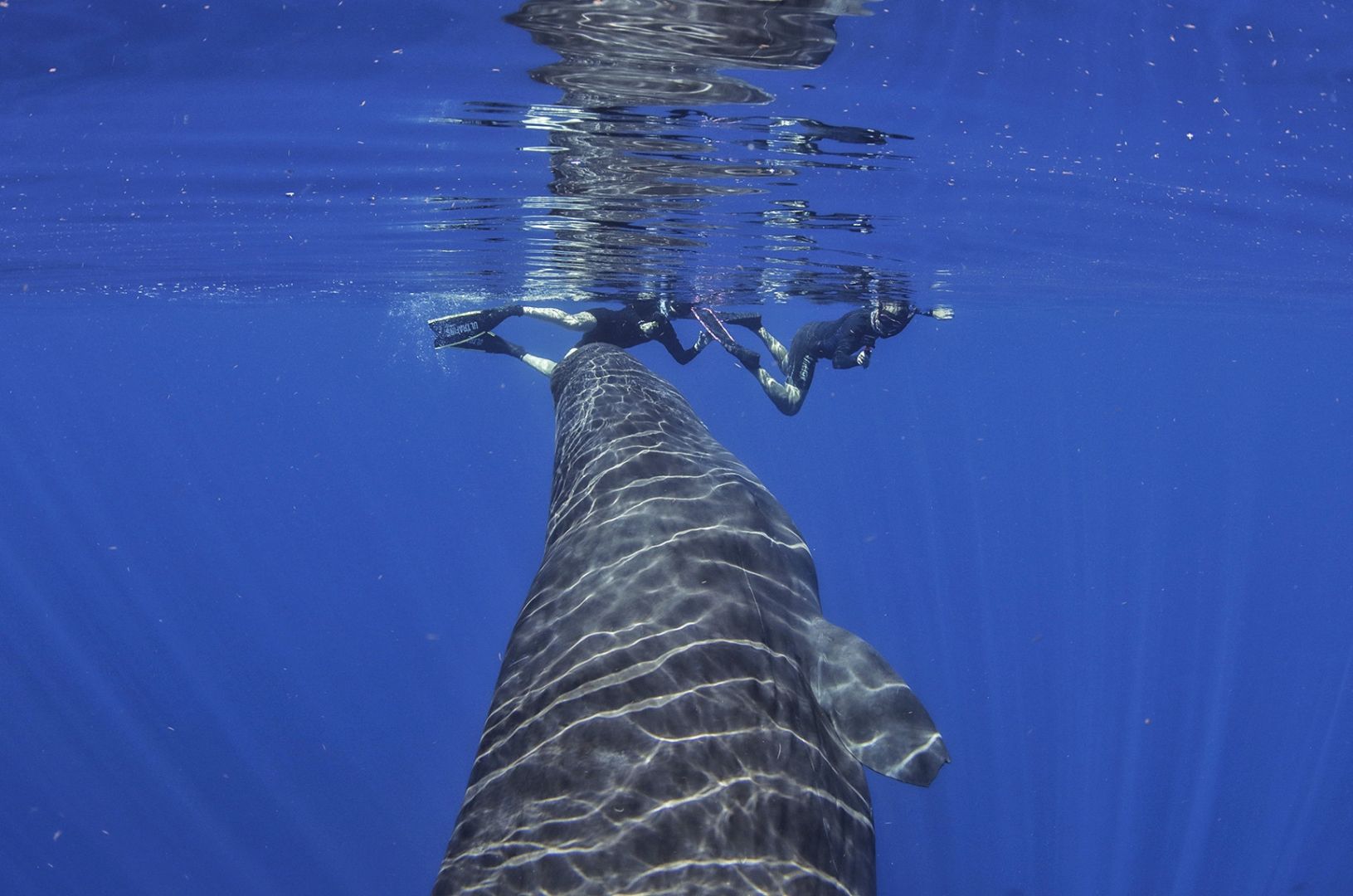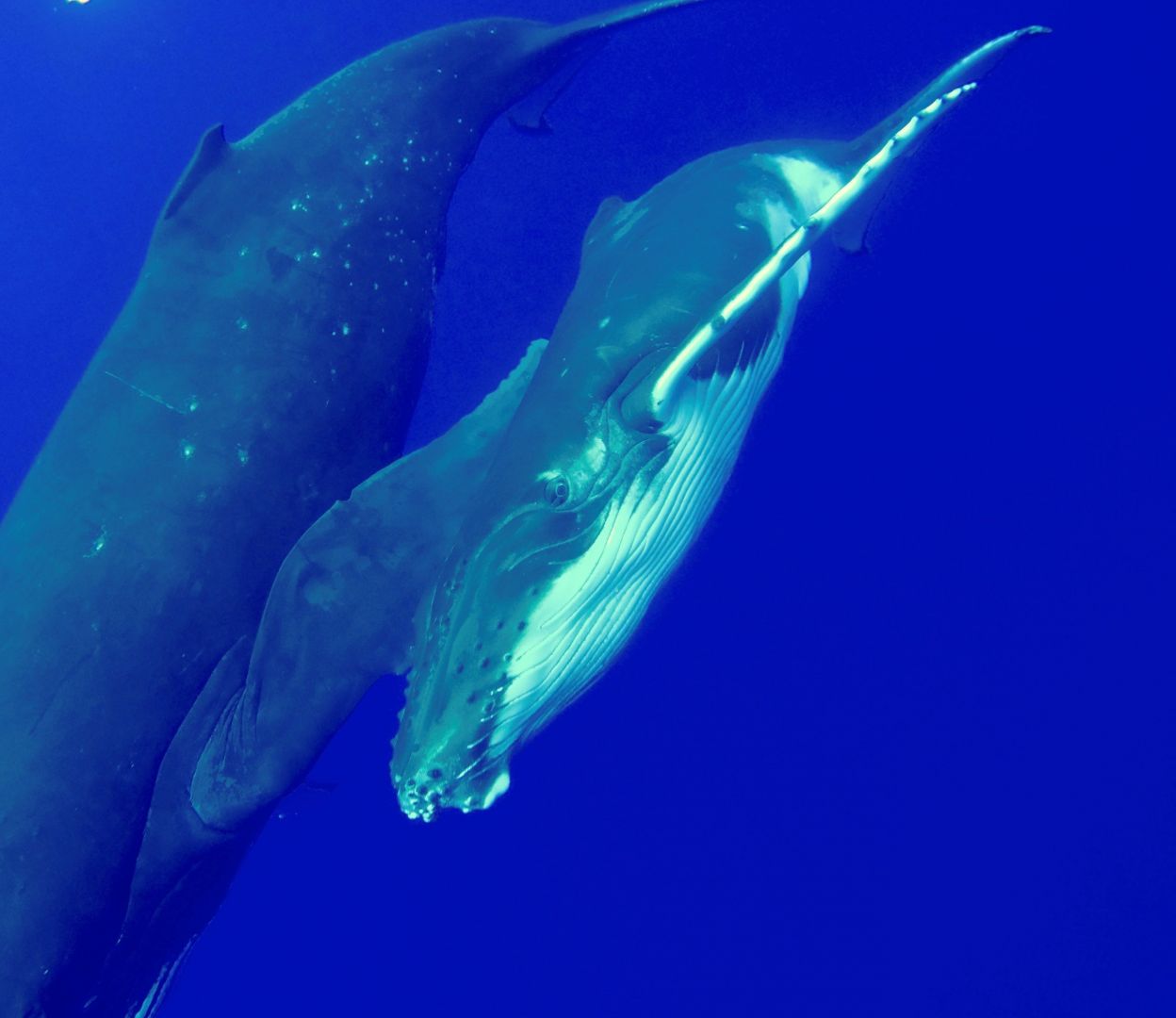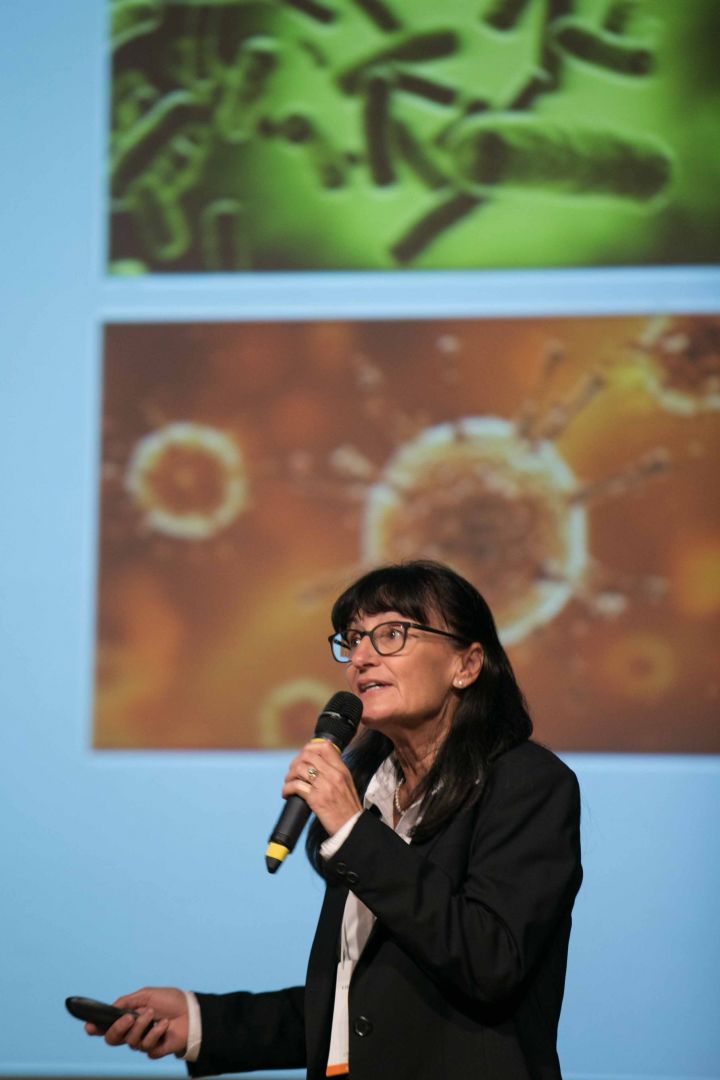Meet Laurie LaPat-Polasko | PhD & Scientist


We had the good fortune of connecting with Laurie LaPat-Polasko and we’ve shared our conversation below.
Hi Laurie, we’d love to hear about how you approach risk and risk-taking
When I was in high school, I did not consider myself a risk taker. However, in my senior year I was riding on a motorcycle with my boyfriend when we were hit head-on by a drunk driver. I was rushed to the hospital where I was given my last rites, and fortunately my boyfriend only broke his leg. That night a team of neurosurgeons from Northwestern University performed a new operation that involved removing a fistful of my brain and part of my skull. After the surgery I was wheeled into the intensive care unit, where I laid in a coma for more than 3 weeks. When I woke up my mind had regressed to a baby. Over the next few months my brain began to rewire. As I became more coherent, I remember people telling me that it was a miracle I was alive. It was at this moment that I told myself that I have been given a second chance at life and that I needed to go out and make a real difference to this planet. So, I guess you would say a major risk taker was born.
When I went off to college, I thought about what I’d been through during the past year and realized that I could do anything if I put my mind to it. It was time to be fearless! As a young child I loved spending time in the water and was fascinated by marine life. Each time I visited the Shedd Aquarium in Chicago and watched the diver in the coral reef tank describe the sea creatures, I was mesmerized by their beauty and grace. After becoming a certified scuba diver, I wrote a letter to the Director of the Shedd Aquarium asking about the opportunity to perform an internship at the aquarium. A few months later, I was the person diving in the coral reef tank giving the lecture. Although I was terrified the first time I got into the tank and encountered one of the sharks face to face, after several weeks of getting to know the diverse coral reef family, I looked forward to jumping into this underwater world and sharing information about these amazing animals.
There are only a few days in the year when the aquarium is closed including Christmas day. I came to work the day after Christmas and was so excited to dive in the coral reef tank because some of my friends were visiting the aquarium. After I donned my scuba gear and placed the Green Sea Turtle into the holding tank, I began hand feeding the angelfish and tangs. Halfway through the lecture, I was watching the visitors through the glass while feeding one of the sharks some shrimp, when suddenly he bit down on my hand and blood spurted out. That was the end of that day’s lecture. I’m happy to say that there was no permanent damage to my hand and there were no hard feelings between me and the shark. In fact, a few weeks later I was back in the tank feeding him again.
While at Chatham College, the students had the opportunity to perform independent studies and receive college credit. During my sophomore year I wrote a letter to the head of the Marine Biology Department at University of Florida Gainesville inquiring about the possibility of doing independent research at their Seahorse Key Marine Laboratory. A few months later I received a letter from Dr. Maturo informing me that I could conduct an independent study at their marine lab. The following January I was heading out to the marine lab, where I was going to study a small fish that lived in relatively high and low salinity environments. Upon arriving at the island, I quickly learned some key information about living there—first of all there were Water Moccasin snakes all around the island, which were poisonous, and secondly, all the graduate students were conducting their research back in Gainesville and therefore, I would be all alone on the island for the month. As the middle child of seven kids, I truly did not understand the concept of silence. During the first few days on the island, I was extremely lonely and would walk around talking to myself and the animals.
One afternoon, I decided to walk around the whole island, which was only a few miles. I threw on my waders and began walking in the surf, when after a few steps I began sinking in this mud-like material. The more I tried to pull my feet out of the mud, the deeper I sunk. As the sun was setting and the tide was coming in, I stopped moving for a few minutes and reflected on my situation. I decided that squirming my feet around or trying to pull them out was not going to work, so instead I leaned forward and laid down into the ocean until water was filling up my waders. I then wiggled out of my waders and swam over to an area where the beach front was solid ground. That evening as I sat alone and ate my peanut butter and jelly sandwich, I took a few deep breaths and realized how lucky I was to have each of these experiences that pushed me to my limits. More importantly I began to recognize and appreciate the many individuals who had a positive impact on my life.
Over the years, I realized how the power of the pen opened-up new and exciting opportunities for me. Yet, when I told my mom I was going to write Jacques Cousteau a letter and ask about working at his Oceanographic Institute in Monaco, she thought I was nuts. But she also knew I was crazy enough to do it. So, off the letter went to Captain Cousteau and several other Directors of Marine Biology and Oceanographic institutes around the world. More than six months went by before I heard back from Captain Cousteau, and I was overcome with joy when he informed me that he would be happy to have me join his team and that I could even live in one of the small rooms for visiting scientists in the lower level of the aquarium. What an incredible experience it was to work for Jacques Cousteau and his team. I was part of a team that studied water pollution in the Mediterranean Sea. Every week, we would take out one of Cousteau’s research boats and collect Mediterranean Sea water samples along the coast of Monaco, France, and Italy. We would then come back to the laboratory and analyse the samples for chemical pollutants and microbial pathogens. Through this research effort, Jacques Cousteau was able to demonstrate the importance of wastewater treatment and the negative impact in areas that did not provide secondary treatment for wastewater.


Let’s talk shop? Tell us more about your career, what can you share with our community?
My professional career is never a dull moment, one day I may be designing a remediation system to clean up a major oil spills in Valdez, Alaska and the Gulf of Mexico or serving as a microbiology detective to determine how a pathogen caused the death of two young boys in the Phoenix area.
During the few past few decades, I have had the opportunity to work with real pioneers at developing creative solutions to cleaning up contaminated water and soil around the world. Many people call me the “Bug Lady” because I Isolated a bacterium that can biodegrade the carcinogenic compound, methylene chloride in groundwater while I was a graduate student at Stanford University. My fascination with microbes has continued throughout my career and I am often off to unique parts of the globe, such as the rain forests of Costa Rica and Brazil and the chilly environments of Alaska and Antarctica to find microbes that may be capable of biodegrading harmful chemicals in our environment.

If you had a friend visiting you, what are some of the local spots you’d want to take them around to?
There are so many great restaurants in the Phoenix area, but one of my favorite ones is Arcadia Farms in Scottsdale because the ambiance and food are both fabulous. After a delicious breakfast, we would don our hiking boots and head over to the McDowell Sonoran Preserve for an amazing hike in the largest urban preserve in the USA. Our first stop would be after a short half-mile hike from the Pima Dynamite Trailhead in the MSP to an outcrop of tan-colored granite boulders. Right in front of the boulders, my friend would be dazzled by a giant Crested Saguaro that extends upward and forms a fan-like top. Often times words are not enough to describe the beauty of the desert life and you most go there and let all of your senses be open to the experience. Over the years, I greatly enjoyed hiking in the MSP and four years ago I became a Commissioner for the McDowell Sonoran Preserve Commission and currently serve as the Chairperson for this commission, which has the focus of maintaining the preserve for many generations to come and educating those from young to old about the diverse and wonderful wildlife in the Preserve.

Who else deserves some credit and recognition?
I would like to dedicate my ‘Shoutout’ to my family for all their love and support as well as to all the wonderful professional opportunities I’ve been offered throughout my career.

Website: mnwe.com
Instagram: @matrixneworld
Linkedin: https://www.linkedin.com/company/matrix-new-world-engineering-inc/
Twitter: @matrixneworld
Facebook: https://www.facebook.com/matrixneworld/
Youtube: https://www.youtube.com/@matrixnewworld1491
Image Credits
Courtesy of Matrix New World Engineering
